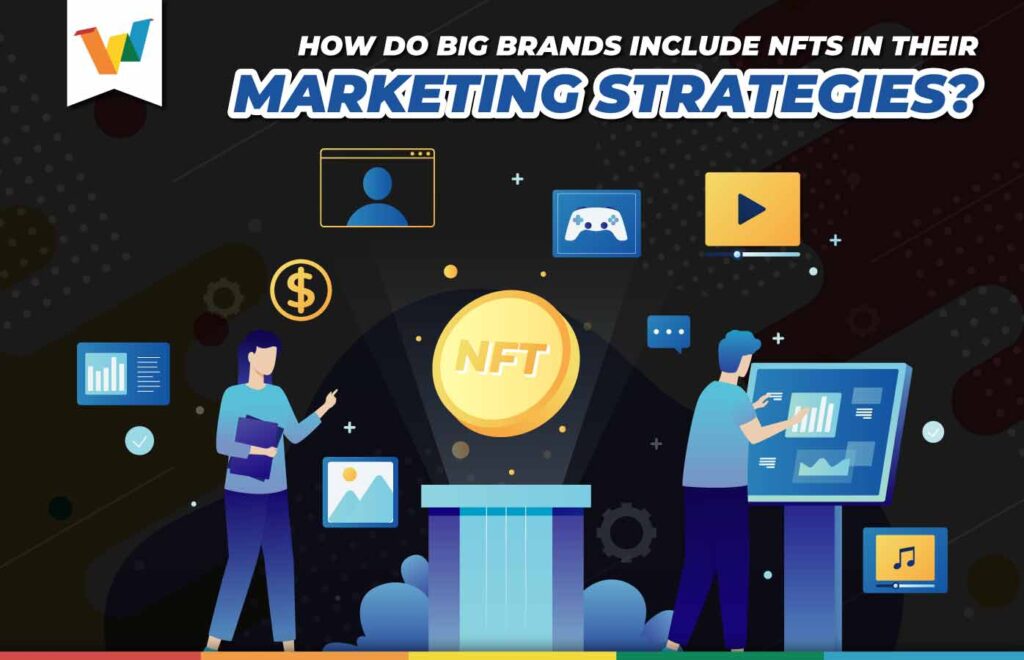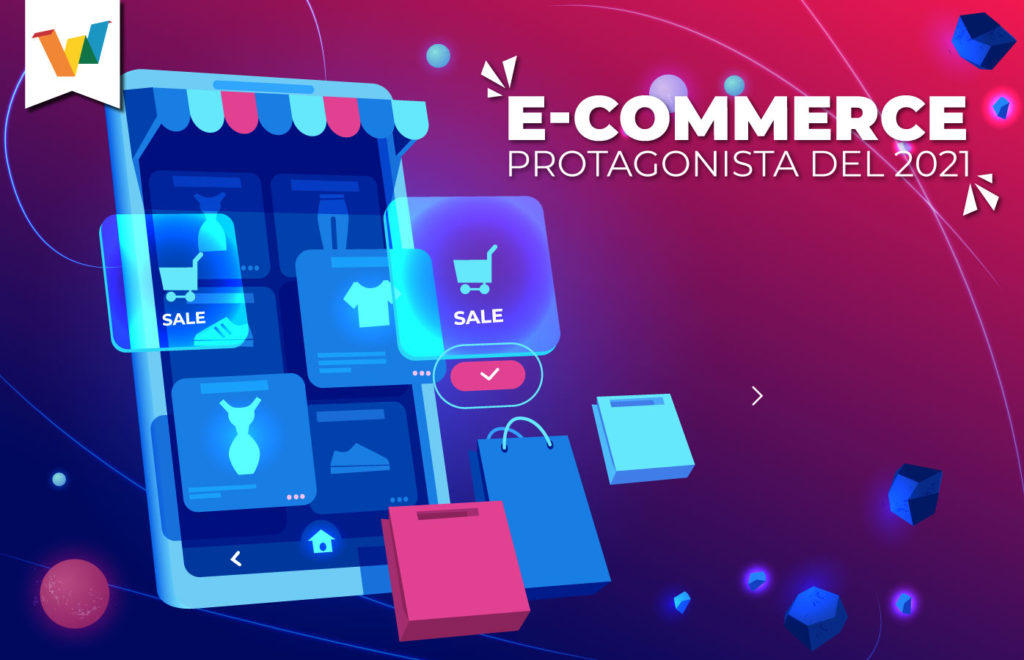Non Fungible Tokens made their entry into the market predicting great successes and generating a lot of profits for those who have taken advantage of the trend. However, this has not stopped here, today we see big traditional brands starting to experiment on the web3 offering their consumers the opportunity to connect with the brand by obtaining their NFTs.
In this first generation of brands that have immersed themselves in the NFTs, we can see how each one has used different strategies to provide its consumers with a unique and unforgettable experience. Many of them are in hybrid formats that seek to unite the virtual world with the physical world, betting on building a market for their products in the metaverse, while positioning their brands in the traditional market.
Let’s take a look at some examples of this:
-
1.- Coca-Cola:
Always appealing to nostalgia reused a collectible card art from 1948 creating an NFT that would come accompanied by a vintage fridge with its logo, and a bubble jacket. In addition, everything would be accompanied by a sound NFT with the sound of a can being opened. This is one of the best examples of hybrid NFT and how brands are making their way into the virtual world hand in hand with their followers.
-
2.-Budweiser:
In the same line as Coca-Cola to evoke the past, this beer brand chose to make iconic cans designs that have represented their brand over time. In addition, they made some items corresponding to the company’s founding year.
-
3.-Nike:
This footwear brand opted for hybrid experiences, offering an entire collection of sneakers in collaboration with a teenage artist. The interesting thing about their strategy is that you can enjoy the shoes in real life as well as in the virtual world.
-
4.- Gucci:
Launched its “Virtual 25”, the brand’s first augmented reality sneakers, which at a low cost has served to capture an audience that otherwise would not have been able to access its products in the real world.
-
5.-Pizza Hut:
Opted for an innovative bet selling the first digitized pizza slices with a campaign called 1 Byte where the first slice of pizza was sold for only 20 cents and then was sold for $ 9,000.
In conclusion, this type of technology, together with the right team of creatives and content creators can be the perfect opportunity for brands, to help them tell stories that will also allow them to continue to build loyalty with their consumers while interacting with them.








